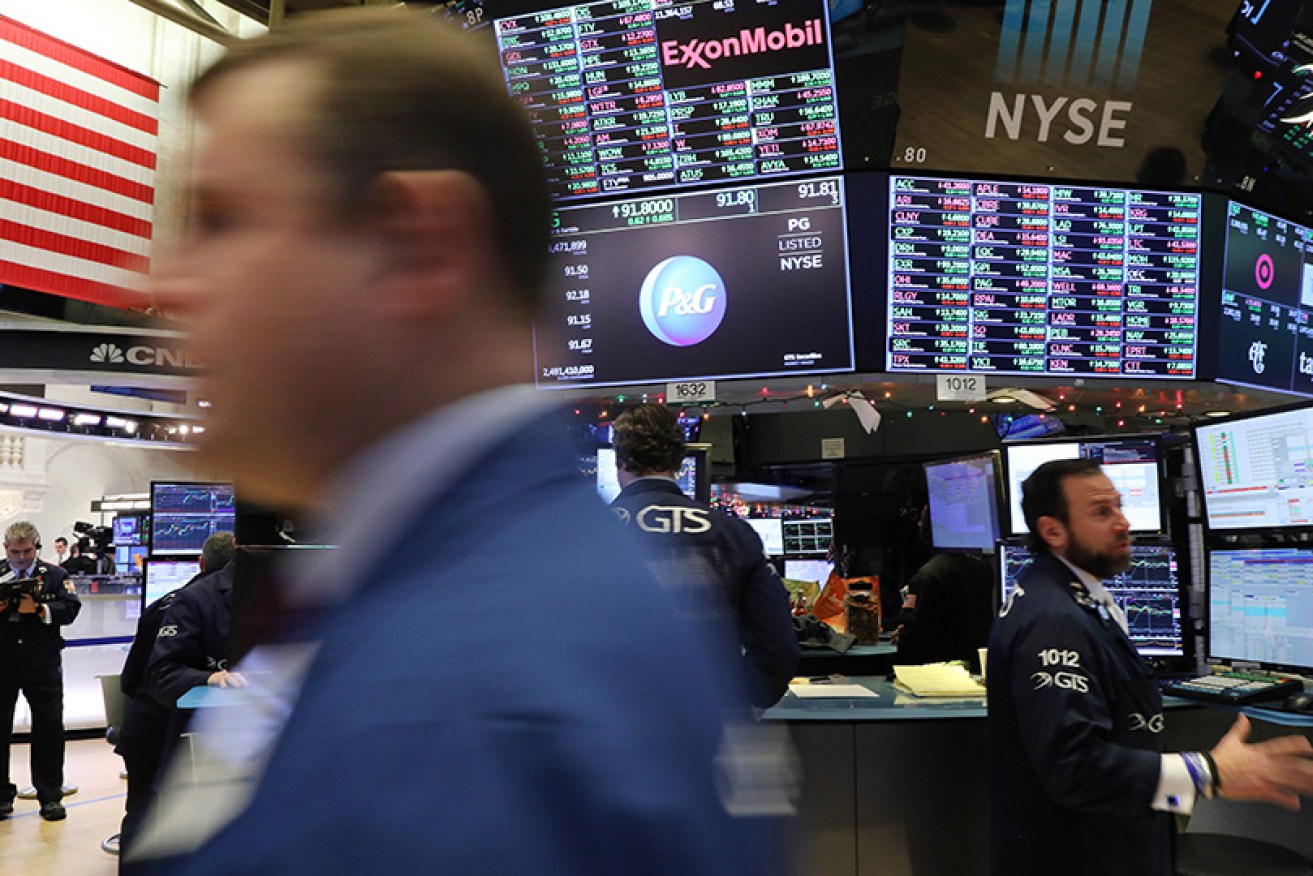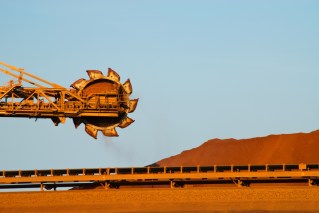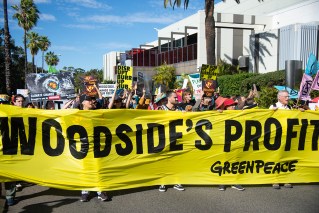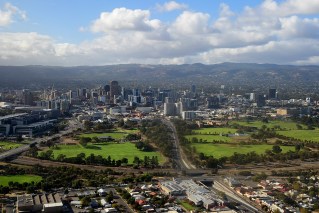Investors are still cautiously optimistic about 2019

The new year will start with investors sniffing for signs of hope on Wall Street. Photo: Getty
After an unexpectedly bad year for the US stock market, investors are looking for clues about what 2019 will bring.
The hope on Wall Street is that the underlying economy of the United States is sound, that the recent selling will burn itself out and that stocks will resume their record-setting climb.
But the risk is that the plunge, the worst annual decline in a decade, could be the start of something more sinister.
The forces that pushed the S&P 500 index down 6.2 per cent in 2018 are still in place. The economy is still doing well, but it does not appear to be as strong as it once was.
President Donald Trump is lashing out at the Federal Reserve and the central bank’s interest-rate increases pose a risk to corporate profits and investors’ appetite for stocks.
America’s trade war with China continues, and the technology giants that dominate the US stock market face heightened scrutiny about their business practices.

Source: New York Times
As investors try to gauge the seriousness of these risks, stocks could lurch in different directions at each new event. A meeting of the Fed later this month, an earnings report in February or a trade-negotiation deadline in March could all prove to be catalysts for a big rise or fall.
But Wall Street’s top stock pickers are still expecting gains, even if they’re not quite as boisterous in their predictions as they once were.
“It could get more frightening before it gets better,” said James Paulsen, chief investment strategist at the research firm Leuthold Group. “But I think we survive for another run.”
Last year was a reminder of how unpredictable stock markets can be. In January, with corporate tax cuts in place, the outlook for the market in the United States was great. And stocks did hit a record high in September, with Apple and Amazon becoming the first publicly traded American companies to be valued at more than $1 trillion.
But 2018 was also turbulent, with markets falling sharply in February and again at the end of the year.
Here are the factors that will help determine whether that happens this year.
Borrowing costs could hurt
Rising interest rates, and expectations about where those rates are headed, may have weighed on stock prices more than anything else in 2018.
With the US economy humming, the Fed increased its target rate four times in 2018, pushing up borrowing costs across the economy. The yield on the 10-year Treasury note, which is the basis for debt like home mortgages and corporate loans, climbed to its highest level since 2011 before falling back. When borrowing costs rise too much, they can be restrictive. Companies and consumers pull back, and the economy suffers.

Source: New York Times
In the worst case, a recession could occur.
Stocks tumbled as investors became increasingly concerned that the Fed, under a new chairman, Jerome Powell, would raise interest rates too far and send a chill through the US economy.
Only more data on the state of the economy will ease the concerns about growth. If investors see the economy growing steadily, jitters over the Fed’s intentions and the recession fears that gripped stocks could fade.
Trump is a factor
Heading into 2018, in the days after Mr Trump’s tax cuts were enacted, investors were mostly buoyant about his presidency and tolerant of his unpredictable declarations on Twitter.
….I am a Tariff Man. When people or countries come in to raid the great wealth of our Nation, I want them to pay for the privilege of doing so. It will always be the best way to max out our economic power. We are right now taking in $billions in Tariffs. MAKE AMERICA RICH AGAIN
— Donald J. Trump (@realDonaldTrump) 4 December 2018
That bullishness persisted even after it became clear that Mr Trump was serious about imposing restrictions on trading partners as a way of gaining concessions from them. But as the trade war continued, unresolved tensions with China started to become a concern, and Mr Trump’s proclamations started to make investors jumpy.
When Mr Trump referred to himself on Twitter as “Tariff Man,” the message helped spur a drop of more than 3 per cent in the S&P 500.
When it comes to Mr Trump, investors have a lot to consider. They will have to weigh whether a partial government shutdown will dampen the economy; what a House of Representatives controlled by Democrats or staff turnover at the White House could mean; and what might happen if the US and China can’t reach a trade deal by a March 2 deadline.
The only problem our economy has is the Fed. They don’t have a feel for the Market, they don’t understand necessary Trade Wars or Strong Dollars or even Democrat Shutdowns over Borders. The Fed is like a powerful golfer who can’t score because he has no touch – he can’t putt!
— Donald J. Trump (@realDonaldTrump) 24 December 2018
Global growth has already been slowing
The trade war’s most evident impact so far has been in large overseas economies, which appear to be taking a turn for the worse.
China, Japan and the European Union showed signs of slowing down late in 2018, and reliable indicators of global growth like the price of oil and copper are flashing warnings.

Source: New York Times
Growth may accelerate if trade agreements are forged in 2019. But the problems could be deeper. China’s methods for pulling its economy out of a rut probably are not as effective as they once were. And the battle between Italy’s populist government and the European Union over the country’s spending plans may heat up again.
The European economy could also be hit hard if Britain crashes out of the European Union without an agreement that keeps trade flowing freely. That could be avoided if Parliament approves a withdrawal deal Prime Minister Theresa May has struck with the union.
Technology stocks have unique challenges
The US market’s fate also depends on whether investors fall back in love with large technology companies. Last year, companies like Facebook, Apple, Amazon and Netflix helped push key stock benchmarks like the S&P 500 and Nasdaq composite to records, and then dragged those indexes down when the companies went into freefall.
The tech giants’ shares plunged in part because they were deemed to be too expensive. Put another way, investors went from being optimistic that the companies’ future earnings would be terrific, to worried that they wouldn’t.

Source: New York Times
Some analysts say that large tech companies are now in a position similar to what big banks confronted after the financial crisis of 2008.
“The tech companies are a heck of a lot better run than the financial companies were in 2007,” said Savita Subramanian, equity strategist at Bank of America Merrill Lynch, “but their incentives may not be aligned with the best interests of employees and shareholders.”
What has to go right for stocks to recover in 2019
The US economy has to grow at a strong enough pace to deliver the corporate earnings that investors are hoping for. But if the economy grows quickly, investors may return to worrying about higher interest rates.
If the Fed can tread a delicate middle ground, the trade war winds down and the economies of Europe and China stabilise, a recovery in stock prices could hold.
“I am not sure the upside for market is higher than where we’ve already been,” Mr Paulsen, the strategist, said, “but 2019 could still be a good year.”
-New York Times








